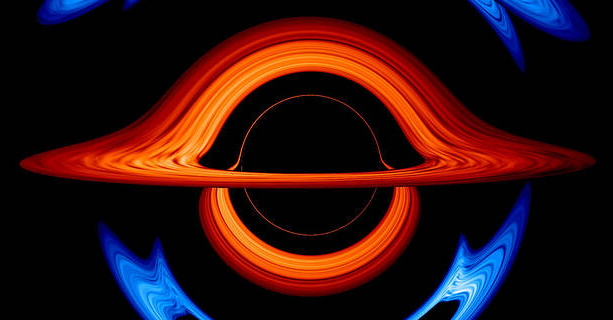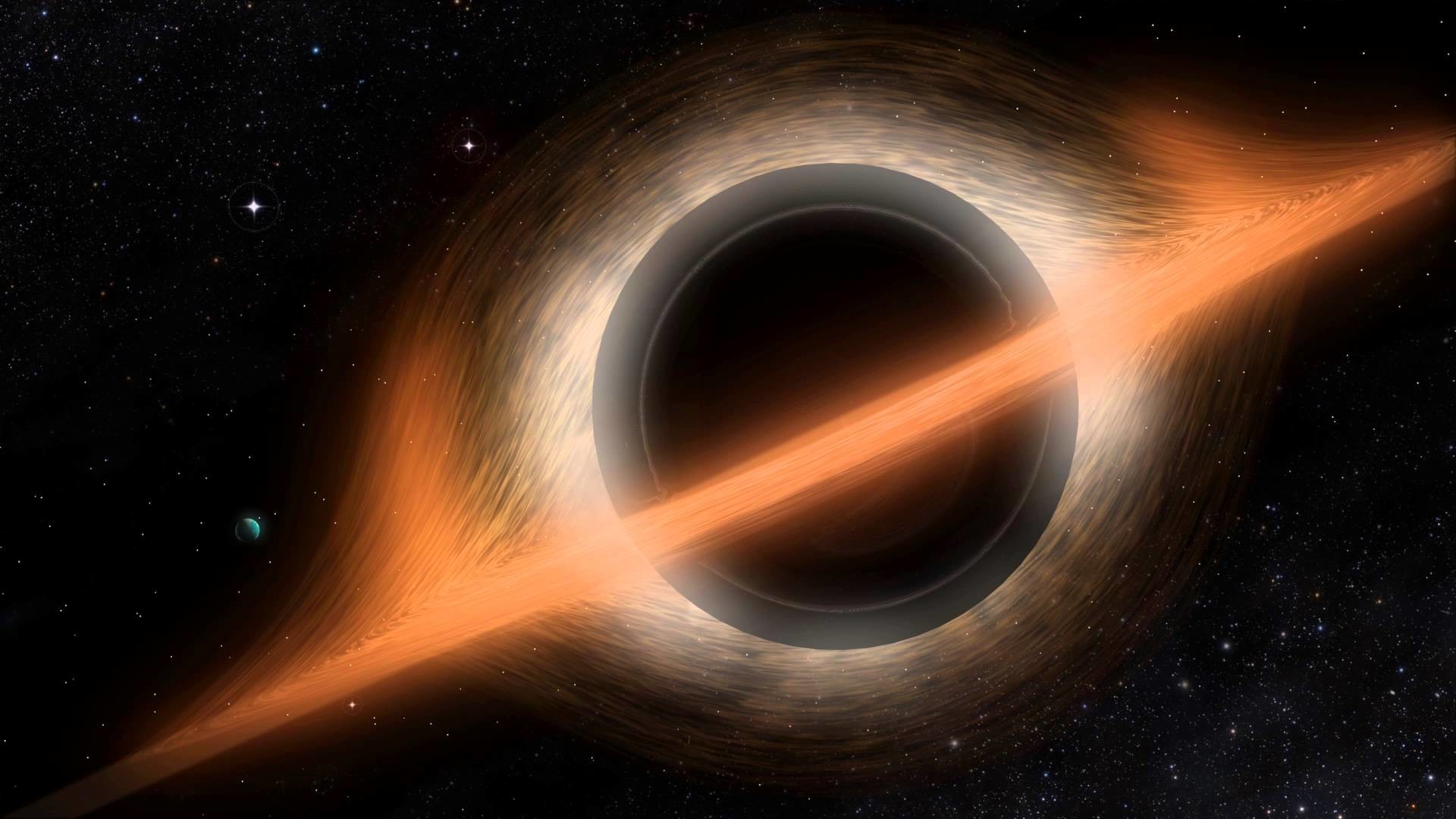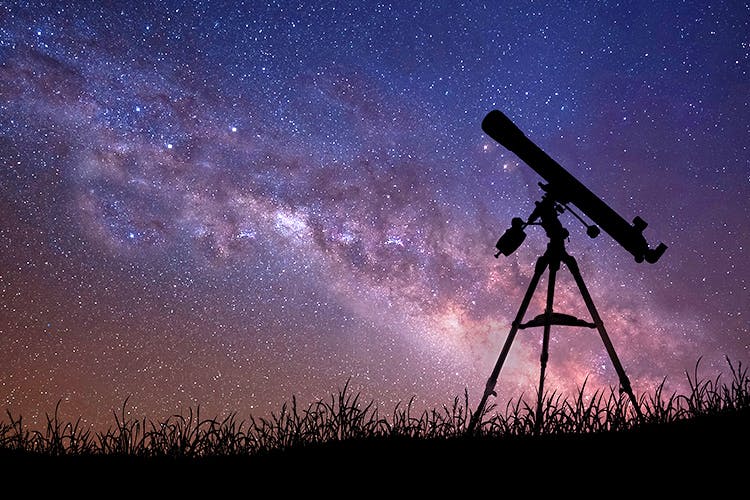The Mystique of Black Holes: Beyond the Event Horizon
Our cosmic curiosity has forever been piqued by the enigmatic nature of black holes, entities that elegantly dance on the fine line between scientific reality and the esoteric wonders of the universe. As a fervent enthusiast of both quantum field theory and astrophysics, the intricate narratives of black holes, from their theoretical prediction by Einstein’s general relativity to their portrayal in modern pop culture, fascinates me deeply. Their very concept challenges our comprehension of space, time, and the ultimate fate of the universe.
The Dichotomy of Black Holes: Stellar Vs. Supermassive
Black holes are often misunderstood as voracious cosmic vacuums, indiscriminately devouring everything in their path. However, the reality is far more nuanced. Black holes can primarily be categorized into two types: stellar black holes and supermassive black holes. Stellar black holes, the remnants of colossal stars that have exhausted their nuclear fuel, collapse under their own gravity post supernova, marking a dramatic finale to their lifecycle. Although the thought of a billion stellar black holes scattered across our galaxy may sound ominous, their existence far from spells doom for us.
On the other end of the spectrum, supermassive black holes, often millions of times the mass of our Sun, sit at the galactic centers, including our Milky Way. Their formation remains one of astronomy’s most tantalizing puzzles, propelling ongoing research. The dichotomy between stellar and supermassive black holes serves as a vivid reminder of the universe’s complexity and the scale of celestial phenomena.
In Pursuit of Shadows: The Quest to Visualize Black Holes
The inherent invisibility of black holes poses a significant challenge: how do you study what you cannot see? Yet, it’s through their profound influence on nearby matter and light that we can unveil their presence. The dynamics within binary systems, where a visible white dwarf orbits an unseen companion, reveal the hidden nature of stellar black holes. This indirect method of detection underscores a critical aspect of astrophysics – the need to infer the invisible from the visible.

The silver screen has also ventured into the abyssal depths of black holes, most notably in Christopher Nolan’s “Interstellar”. Far from mere cinematic spectacle, this film epitomizes the synergy between Hollywood and hardcore science. With Kip Thorne, a luminary in theoretical physics, steering its scientific accuracy, “Interstellar” showcases the awe-inspiring visualization of a black hole, backed by an unprecedented computational effort. Such collaborations between science and cinema not only entertain but educate, making the abstruse concepts of physics palpably thrilling to a broader audience.

Reflections on the Cosmic Screen
As someone deeply rooted in the realms of information systems and artificial intelligence, I’m spellbound by the confluence of science, technology, and artistic expression evidenced in “Interstellar”. The meticulous portrayal of black holes, propelled by Thorne’s equations, underscores the essence of interdisciplinary collaboration in unraveling the mysteries of the cosmos. This fusion of movie-making and scientific exploration extends a unique invitation to audiences worldwide, beckoning the exploration of the great beyond, with physics as the guiding star.
The narrative of black holes, from their theoretical underpinnings to their visual renditions, stands as a testament to human curiosity and our relentless quest for knowledge. Whether through the lens of a telescope or the CGI of a film studio, our journey to comprehend black holes reflects a broader endeavor to understand our place in the universe. As we stand on the cusp of new discoveries, the cosmos beckons with its unfathomable mysteries and infinite possibilities.

Conclusion
Black holes embody the quintessence of the unknown, a celestial enigma that continues to captivate the scientific community and the public alike. As we advance in our understanding and technology, perhaps one day, we will unveil the secrets lurking beyond the event horizon. Until then, they remain a wondrous reminder of the universe’s vastness and the enduring human spirit of discovery.
“Exploration is in our nature. We began as wanderers, and we are wanderers still. We have lingered long enough on the shores of the cosmic ocean. We are ready at last to set sail for the stars.” – Carl Sagan
Focus Keyphrase: Black Holes